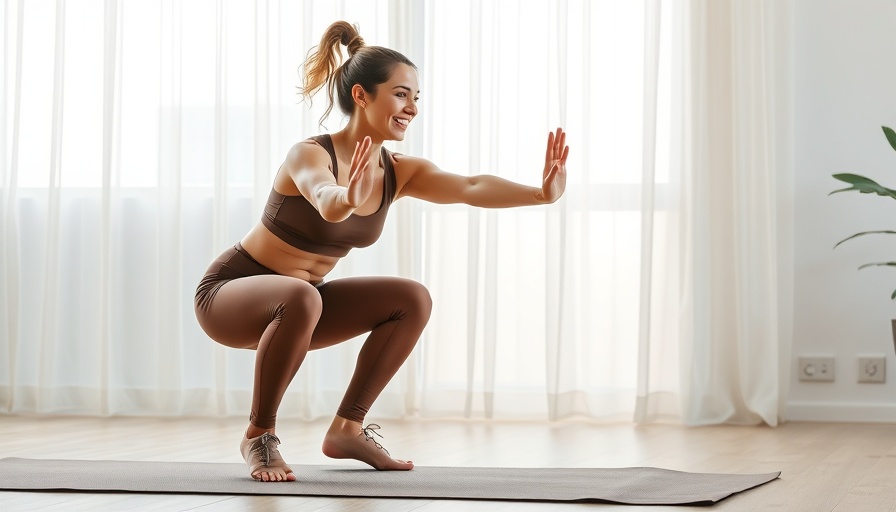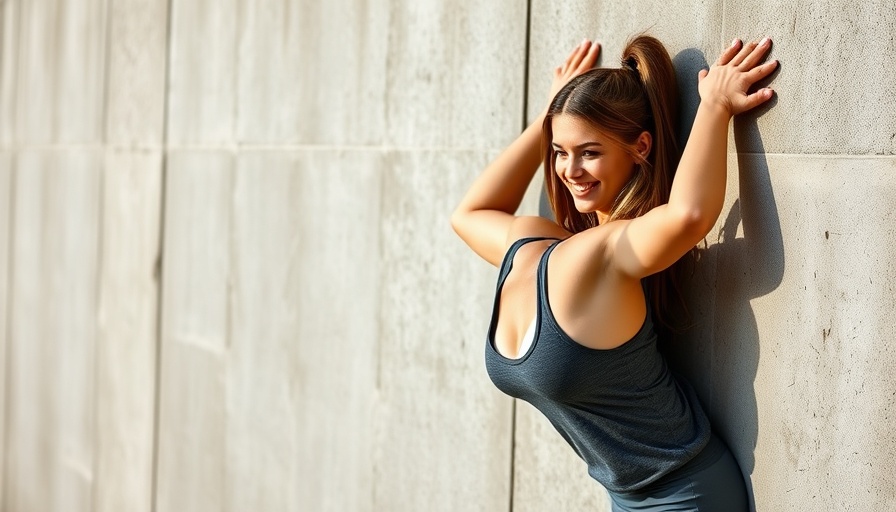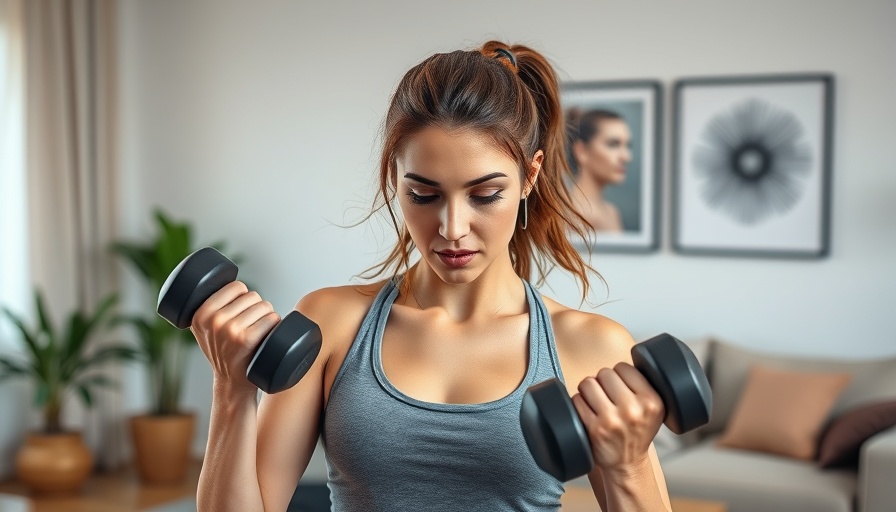
Unlocking the Power of Nightly Mobility for Enhanced Well-Being
If you want to wake up feeling rejuvenated, relaxed, and ready to tackle the day, incorporating effective bedtime mobility moves can make all the difference. In a world where stress dominates our daily lives, taking a moment before sleep to care for our bodies can lead to impressive changes in well-being. Rebecca Stewart, a renowned personal trainer, emphasizes that nightly mobility routines act like a 'love note to your body,' encouraging recovery and restful sleep.
Understanding the Importance of Mobility
Our joints and muscles need proper care to function optimally. Since joints don’t have direct blood flow, they rely on movement for nourishment. Simple mobility exercises before bed help circulate synovial fluid which lubricates joints, promotes healing, and eases stiffness. Just a few gentle stretches can play a pivotal role in how our bodies recover overnight.
Four Essential Moves to Perform Before Bed
Here are four recommended movements that you can easily integrate into your nighttime routine:
- 90/90 Hip Rotations: Sit on the floor with one leg in front and the other behind, both bent to create right angles. Rotate gently through your hips, pressing your legs into the ground. This exercise enhances hip mobility essential for daily activities.
- Cat-Cow Stretch with Breath: Start on all fours and alternate between arching your back towards the sky (cow) and rounding it down towards the ground (cat), while synchronizing your breath. This move effectively maintains spinal flexibility and invites relaxation.
- Wall Pec Stretch: Stand near a wall and place your hand against it at shoulder height. Turn your body away, feeling the stretch across your chest. This move counters the effects of long hours spent sitting and promotes shoulder health.
- Seated Forward Bend: While seated, reach towards your toes, keeping your spine straight. This stretches the back and hamstrings, ensuring your body releases accumulated tension from the day.
The Science Behind Nighttime Recovery
Practicing these movements can activate your parasympathetic nervous system, also known as your body's 'rest and digest' mode. This lowers stress levels, sets the stage for deeper, more restorative sleep, and enhances overall recovery. When you let your body unwind, it can repair and rejuvenate itself more effectively, leading to better performance the following day.
Making It a Habit
Like any other healthy habit, consistency is key. Opt for a calm, dimly lit space to perform these moves each night, signaling to your body that it’s time to wind down. You might consider incorporating soothing music or calming scents to enhance the ambiance and effectiveness of your routine.
Conclusion: The Path to Greater Mobility and Wellness
Integrating these simple yet effective bedtime mobility moves into your nightly routine may transform the way you feel upon waking. With so many benefits—from enhanced mobility to reduced stress and improved recovery—it’s worth setting aside just a few moments before sleep. By prioritizing your well-being and self-care, you’re not only nurturing your body but also crafting a foundation for a healthier lifestyle.
If you’re excited to elevate your evening routine, give these exercises a try tonight and wake up stronger and more mobile!
 Add Row
Add Row  Add
Add 







Write A Comment